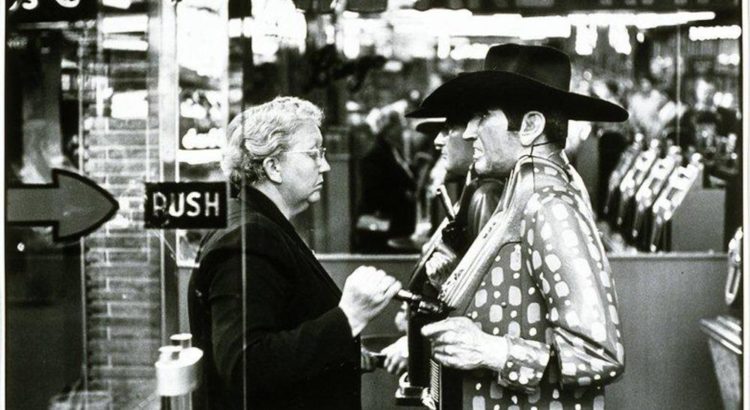Last night I attended an UMMA + Chill Group Chat, a guided virtual art tour and group talk put on by the UMMA during the winter season, paired with recipe for an alcoholic or non-alcoholic cocktail to add a fun element to the night. I was invited by a friend to join this themed event, Caustic & Bitters–we would be talking about humor as an artist’s tool and looking at examples from the UMMA collection. I popped onto the Zoom call of about 7 participants (some attending with housemates or friends) and settled in while music played and people filtered into the call.

Monstrosities of 1825-26
The tour began quite abruptly with the cocktail-making. I was a little disappointed with this section of the event–a brand new recipe was created by the Bellflower Restaurant in Downtown Ypsilanti specifically for this group event, and I had prepared by purchasing the materials. However, the making of the drink was restricted to a quick 3-minute video at the beginning of the event, blowing through the process before I could even get to my kitchen. I must have missed a step from my memory, because what I ended up concocting tasted pretty awful. It ended up going down the drain, an unfortunate waste.

Agfa, Berlin
What I did enjoy about the event, after I was able to mourn my mixology failure, was the art, which is what I was mainly there for.
We started by looking at humor in art as a purposeful tool, in art that is meant to mock or emphasize differences, something that is extremely useful in political or social commentary. We spent a bit of time talking about how capturing the humorous in photography takes a different form than in other mediums, because the artist can really only use what they see (for example, facial expressions) and exaggeration is more complicated to produce.

Madonna and Child with St. Thomas Aquinas and a Bishop Saint
Something I did take away from the event is that sometimes, it’s okay to laugh at art that is not necessarily intended to be funny. It’s okay to look at unintendedly ridiculous aspects in pieces of otherwise serious art and find it humorous. For example, this 1400s Italian painting of Madonna and Child. Why do the baby Jesus and the saint in the back have the exact same face? How in the world is the baby being supported in Mary’s arms? I genuinely laughed out loud when we examined the details of the painting and pointed out these elements.
In all honesty, I did expect a little more from the event. Overall, the event felt rushed and unengaging. It was the guide’s second theme tour of the day, which could have factored into the hurried nature of the ‘group chat’ part of the night, which didn’t seem to inspire much audience participation. While there were some comments and conversation starters from participants in the chat, the tour felt more like a lecture, which went against my expectations but still turned out to be an interesting event.
The freedom to find humor in anything is part of the beauty of the subjective experience of viewing art. This exercise helped me to fully grasp that concept. I can’t wait until I can wander the halls of the UMMA again, but until that time, I’m glad the UMMA is at least trying to expand access to their collection with virtual events like this one.


